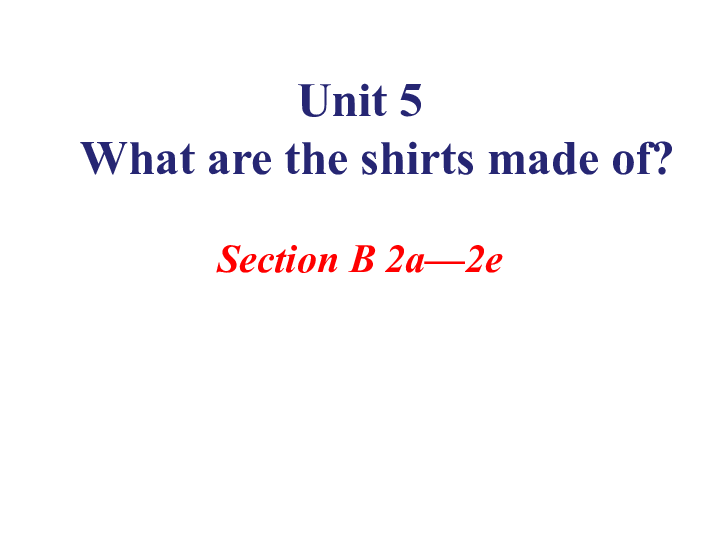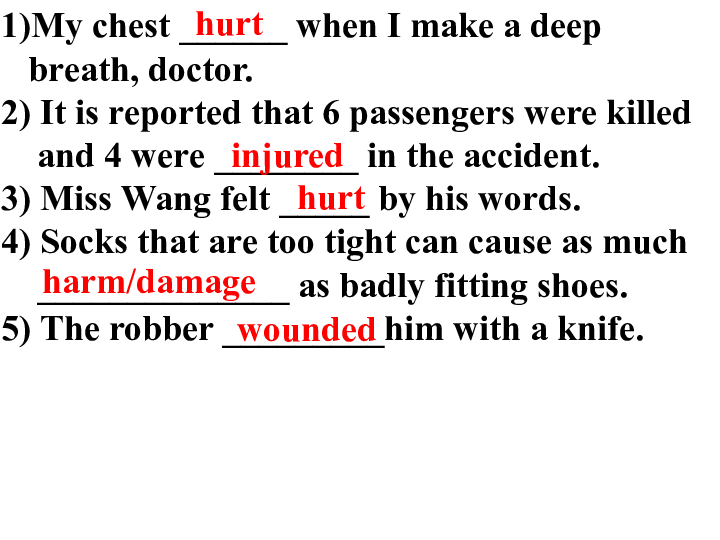Understanding What is Federal Subsidized Loan: Your Comprehensive Guide to Student Financial Aid
Guide or Summary:What is Federal Subsidized LoanEligibility Criteria for Federal Subsidized LoansBenefits of Federal Subsidized LoansLoan Limits and Repayme……
Guide or Summary:
- What is Federal Subsidized Loan
- Eligibility Criteria for Federal Subsidized Loans
- Benefits of Federal Subsidized Loans
- Loan Limits and Repayment Options
- How to Apply for Federal Subsidized Loans
What is Federal Subsidized Loan
A federal subsidized loan is a type of financial aid designed to help students pay for their education. Unlike other loans, the federal government pays the interest on this loan while the student is still in school, during the grace period, and during any deferment periods. This makes it an attractive option for many students who are looking to minimize their debt burden as they pursue their degrees.
Eligibility Criteria for Federal Subsidized Loans
To qualify for a federal subsidized loan, students must demonstrate financial need, which is determined through the Free Application for Federal Student Aid (FAFSA). The amount of the loan a student can receive is also dependent on their year in school and whether they are attending school full-time or part-time. Generally, undergraduate students who demonstrate financial need are eligible for this type of loan, while graduate students are not.

Benefits of Federal Subsidized Loans
One of the primary benefits of federal subsidized loans is the interest subsidy provided by the government. This means that while the student is enrolled at least half-time in an eligible program, they are not responsible for paying interest on the loan. This can significantly reduce the total amount that a student has to repay once they graduate or leave school. Additionally, federal subsidized loans typically offer lower interest rates compared to private loans, making them a more affordable option for financing education.
Loan Limits and Repayment Options
Federal subsidized loans have annual and aggregate loan limits, which vary depending on the student's year in school. For example, first-year undergraduate students can borrow up to $3,500, while seniors can borrow up to $5,500 annually. The total amount that can be borrowed throughout a student’s academic career is capped at $23,000.

Repayment of federal subsidized loans begins six months after a student graduates, leaves school, or drops below half-time enrollment. This grace period allows graduates to find employment before they are required to start making monthly payments. Furthermore, federal loans offer various repayment plans, including income-driven repayment options, which can make it easier for borrowers to manage their payments based on their income levels.
How to Apply for Federal Subsidized Loans
Applying for federal subsidized loans is straightforward. Students must complete the FAFSA, which serves as the application for federal financial aid. Once the FAFSA is submitted, students will receive a financial aid offer from their school, which will outline the types and amounts of aid they are eligible for, including federal subsidized loans. It is crucial for students to pay attention to deadlines and ensure that they submit their FAFSA on time to maximize their financial aid opportunities.

In summary, understanding what is federal subsidized loan is essential for students seeking financial aid for their education. These loans provide a valuable resource for those who demonstrate financial need, offering benefits such as interest subsidies and favorable repayment terms. By being informed about the eligibility criteria, benefits, loan limits, and application process, students can make educated decisions about financing their education and reducing their overall debt burden. As education costs continue to rise, federal subsidized loans remain a critical component of student financial aid, helping millions of students achieve their academic goals without the overwhelming stress of high-interest debt.